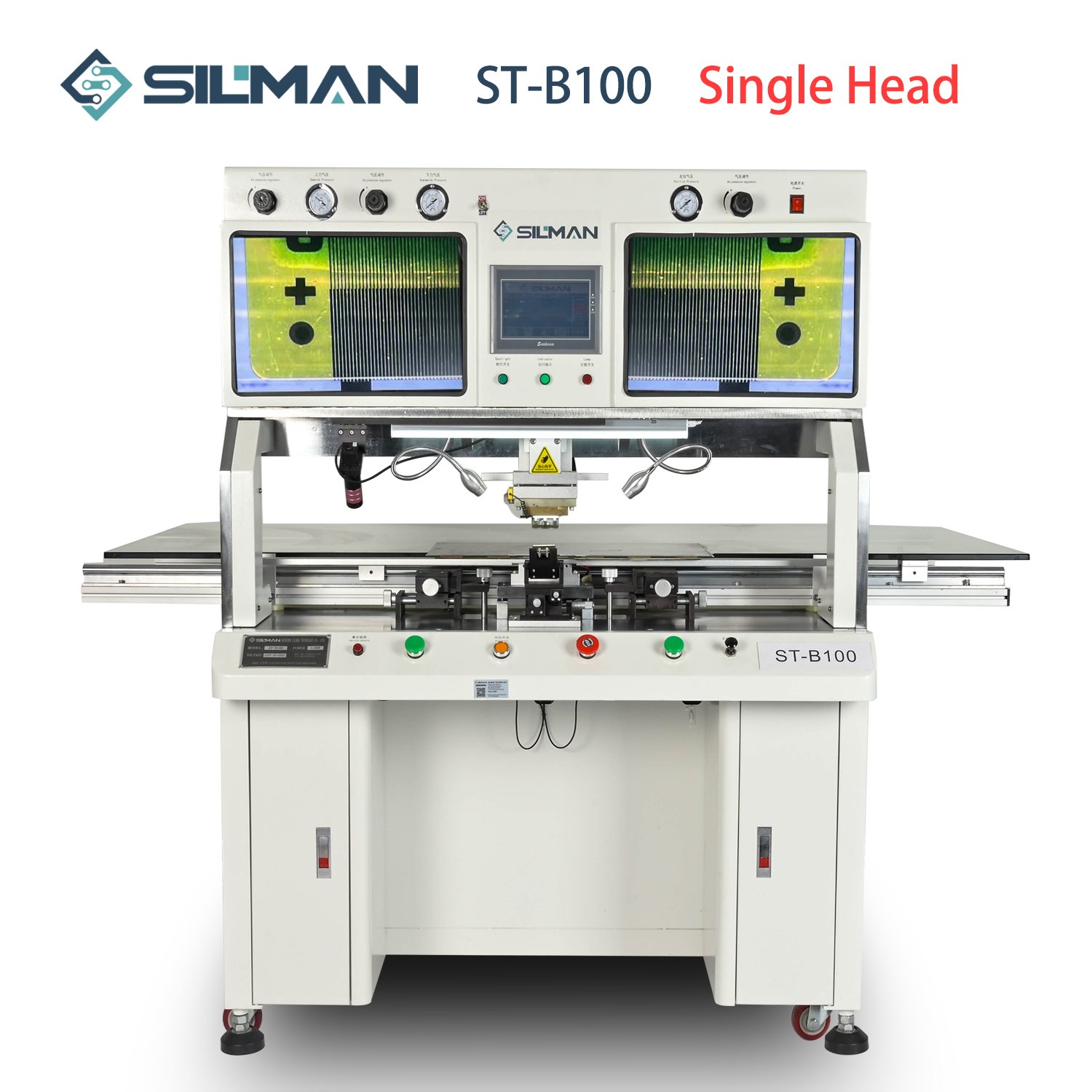Selective wave soldering machine equipment has been invented for over 50 years now and has been crucial in the automated mass production of electronic devices, particularly for soldering through-hole components on circuit boards, offering high production efficiency and automation levels. With the emergence of various surface-mounted component packaging forms in recent years due to the design requirements of high-density and miniaturized electronic devices, the assembly technology for electronic products has shifted towards surface mount technology (SMT) as the mainstream trend. The application of through-hole components has gradually decreased. Some specific applications of selective wave soldering, which is also our focus, are as follows:
Automotive Electronics and Switching Power Products
Automotive electronics and switching power products, operating in harsh environmental conditions with significant power consumption, often use metal core printed circuit boards. Due to the serious mismatch between the thermal expansion coefficients of component packages and printed circuit boards, the traditional wave soldering process cannot be used to solder through-hole components on the board. This is because the expansion of the printed circuit board during heating can cause the solder joints of pre-reflow soldered ceramic packaged integrated circuits to break. These circuit boards are incompatible with wave soldering technology and have traditionally relied on manual soldering. Even in such cases, if these products are used in harsh working environments with intense temperature variations, the solder joints are subjected to significant shear mechanical stress, leading to cracks. To address the mismatch in thermal expansion coefficients, high-end electronic products use copper-invar-copper metal core printed circuit boards. Due to their excellent heat dissipation, it is challenging to fill the metalized holes on the board with solder using manual soldering.
Large Electronic Computers
Some large electronic computers use multi-layer printed circuit boards with 30 to 50 layers and a thickness of 2 to 3mm. These boards have a large number of surface-mounted large-scale integrated circuits such as BGAs and QFPs, but still use through-hole components for some high-performance microprocessors and connectors. These circuit boards often undergo double-sided reflow soldering processes, and selective wave soldering is required for certain through-hole components that cannot be soldered using traditional wave soldering methods. Due to the large heat capacity of 50-layer multi-layer printed circuit boards, it is challenging to fill the metalized holes with solder using manual soldering when the soldering iron temperature is set low. However, setting the soldering iron temperature too high can easily cause the solder pad to detach from the substrate.
Fine Pitch Through-Hole Connectors
In the past, through-hole connector pin spacings were typically at a grid distance (2.54mm). However, with the increasing assembly density of electronic products, connectors with half-grid spacings (1.27mm) have been widely used. In wave soldering processes, the occurrence of solder short circuits becomes more apparent with finer pitch connectors.
Military Electronic Products
Military electronic products often operate in extremely harsh environmental conditions, with temperatures ranging from -55°C to +80°C, relative humidity up to 90%, salt spray atmospheres, and intense mechanical vibration and shock. Therefore, the solder joint reliability requirements for electronic products are extremely high. However, the implementation of wave soldering processes for printed circuit boards with heat sinks poses significant challenges. Due to rapid heat dissipation, the solder cannot fill the metalized holes, and during soldering, the mechanical stress generated by the temperature difference between the upper and lower surfaces of the board can cause delamination between the printed circuit board and the heat sink.
Application of Lead-Free Solder
The melting point of lead-free solder is approximately 40°C higher than that of tin-lead solder. In high-temperature soldering environments, the board is more prone to bending and deformation, and the solder pads on the circuit board are more susceptible to oxidation. Furthermore, the wettability of lead-free solder is poorer than that of tin-lead solder. Therefore, achieving high-quality and reliable solder joints with lead-free wave soldering and lead-free manual soldering is more challenging, especially in filling solder in all-metalized holes connected to power or ground.
High-end electronic products’ circuit boards require high assembly density and solder joint quality stability. Due to the assembly method of the board and the structure of high-performance printed circuit boards, traditional wave soldering and manual soldering methods cannot meet the requirements of high-end electronic product assembly processes. Therefore, replacing traditional wave soldering and manual soldering with advanced selective wave soldering is the best choice to improve the solder joint quality of through-hole components in high-end electronic products. The above applications of selective wave soldering represent some of our insights. We welcome knowledgeable individuals to contact us for further discussion.
